Some of the most fascinating military aircraft are not always those that actually take part in attack missions. The world of heavy lifting and transportation is full of some pretty incredible machines. Take the C-130 Hercules, for example. This remarkable aircraft has been the backbone of several air forces transportation arms, including of course the United States and Great Britain. But despite being quite a large machine, one aircraft still dominated the military air lift scene. Both figuratively, and literally in terms of its unbelievable size.
Enter the awe-inspiring Lockheed C-5 Galaxy. This huge cargo aircraft is among the largest military aircraft in the world, and certainly one of the most impressive to look at. Incredibly, this giant aircraft first flew back in 1968, but it is still very much at the forefront of the modern United States Air Force. Various upgrades to the aircraft could see it fly with the USAF until at least 2040 and possibly beyond, making it one of the longest serving aircraft in the United States Air Force. Time and time again, it has proved its worth as a strategic airlifter.
Origins And Development Of The C-5
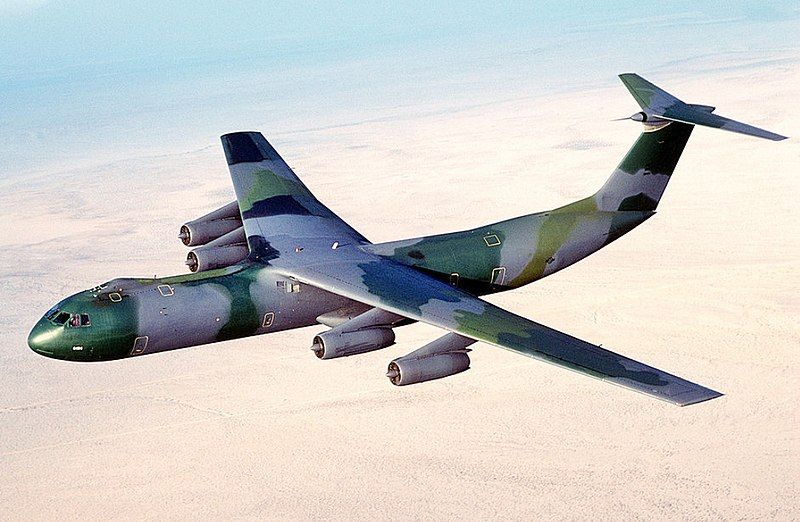
The need for the C-5 Galaxy is traceable back to 1961. Several American aircraft companies were looking at heavy jet transport designs to replace the aging Douglas C-133 Cargomaster, as well as to supplement the newer Lockheed C-141 Starlifter. Not only that, but the United States Army was looking for an aircraft with a larger cargo bay than the Starlifter which could not carry some of the army’s outsized equipment. What this then morphed into was the CX-4 program, and then the CX-X program for a new, larger strategic transport aircraft. This is what would become the C-5 Galaxy.
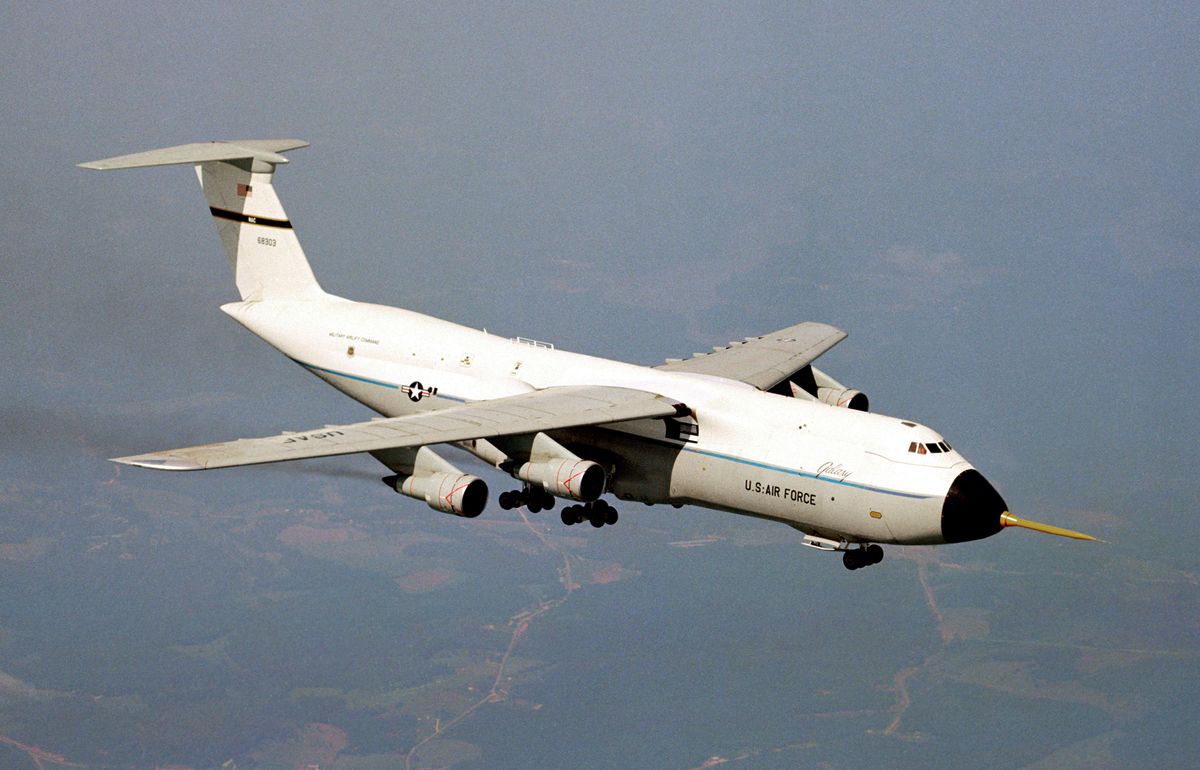
Various aircraft companies submitted proposals, including Boeing, Douglas and Lockheed. Those three companies were the ones shortlisted for one-year study contracts, and while the air force preferred the Boeing design, Lockheed’s had the lowest total-cost bid. Thus, Lockheed won the contract in September 1965. The General Electric TF39 engine was then selected after a similar process for the aircraft’s powerplant, and soon construction began on the first Lockheed C-5A Galaxy which rolled out of its plant in Georgia on March 2nd 1968, and the first flight took place on June 30th 1968.
The Galaxy Enters Production
_USA_-_Air_Force_AN1294623.jpg)
Flight testing soon began for the Galaxy, with a lot of focus on the aircraft’s weight and the drag divergence Mach number. There were, as perhaps expected, cost overruns and technical issues for the aircraft, with issues around the wing highlighted after they failed at 128% of limit load, below the required 150%. There were worries that no more than 10% of the 79 airframes would reach the fatigue life of 19,000 hours. Despite this though, production of the Galaxy would continue, although production was temporarily halted for a period. But that wasn’t to be the end of the C-5 Galaxy by any means.
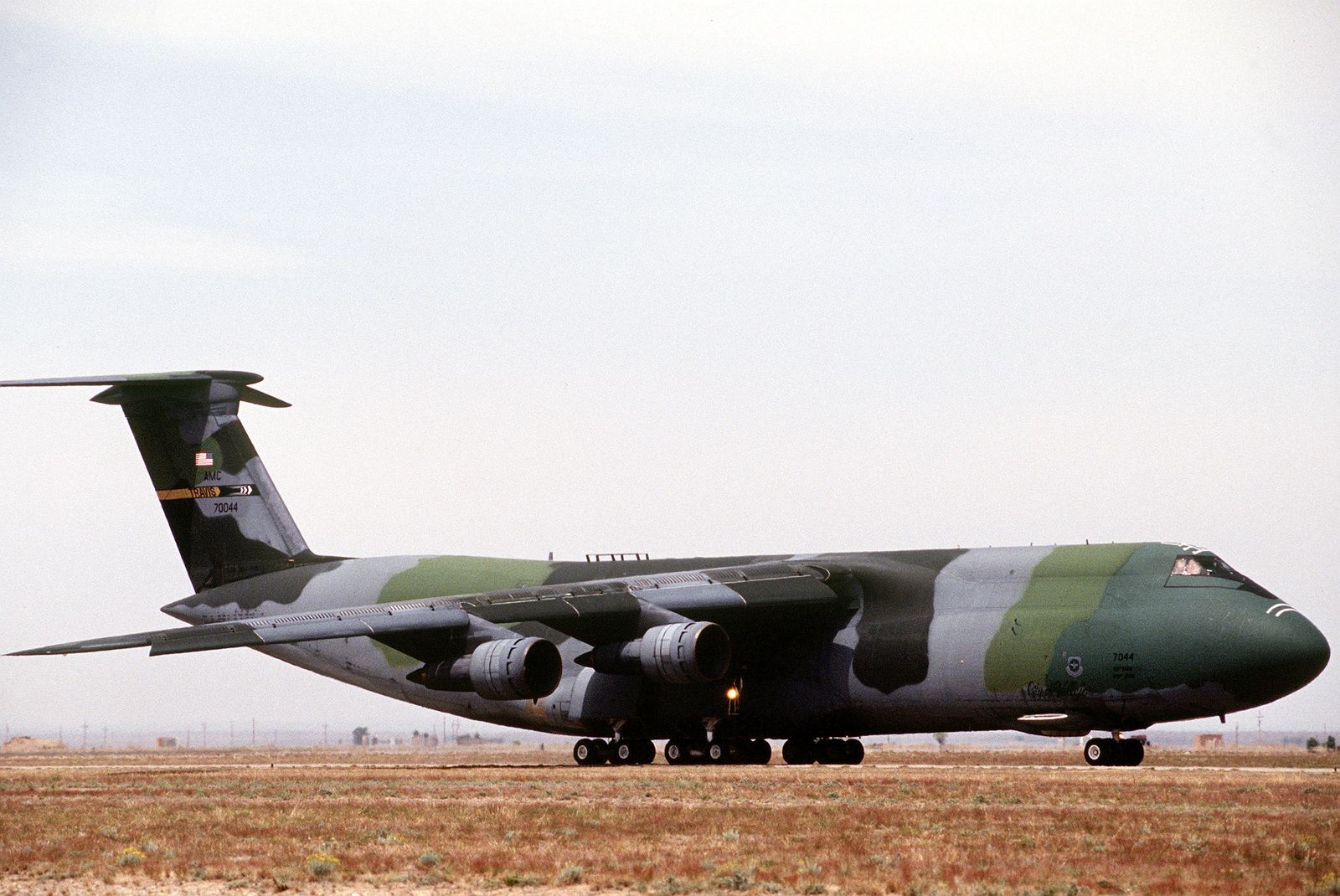
The C-5 would restart production in July 1982, partly thanks to the upcoming C-17 still being a few years away from completion. The new version was the C-5B, and this was first delivered to the United States Air Force in January 1986. In total, 50 new C-5B aircraft were built, which were added to the 77 examples of the C-5A already in USAF service. The Galaxy would get upgraded again in the 21st century, with the C-5M Super Galaxy going through reliability and engine upgrades. Throughout that time, the C-5 had proven itself well in Air Force service.
The C-5 Galaxy In Service
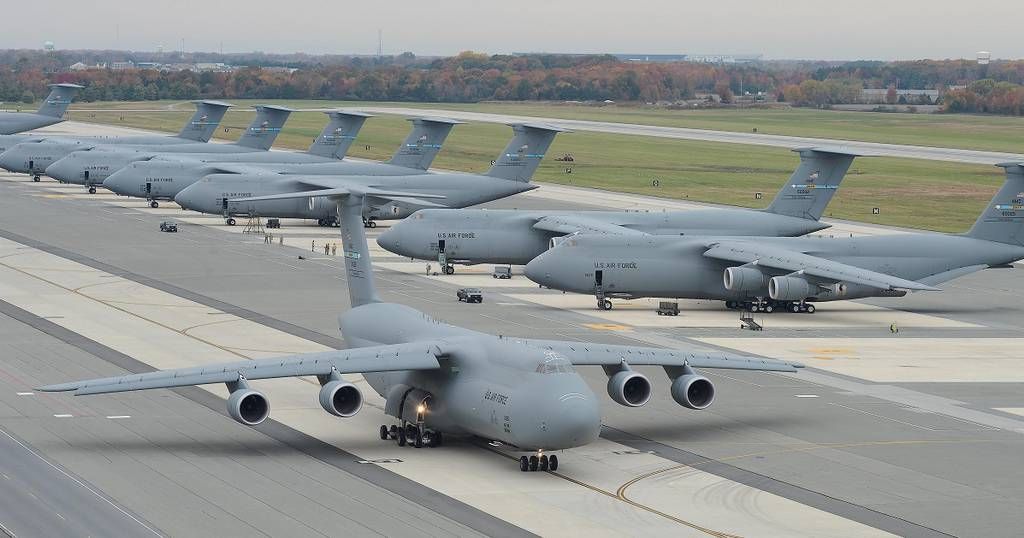
The C-5 was very much an operational success, with them first seeing active use during the Vietnam War, in 1970. They were then used to transport troops, tanks and even small aircraft, while also seeing usage in evacuation efforts during the fall of Saigon. The C-5 would join C-141 Starlifters in delivering critical supplies and other aid to Israel during the Yom Kippur war, and the aircraft was also a major supply asset during the Gulf War at the start of the 1990s. Despite now being over 50 years old, the C-5 Galaxy still has a place in US Air Force service.
The Future Of The Galaxy
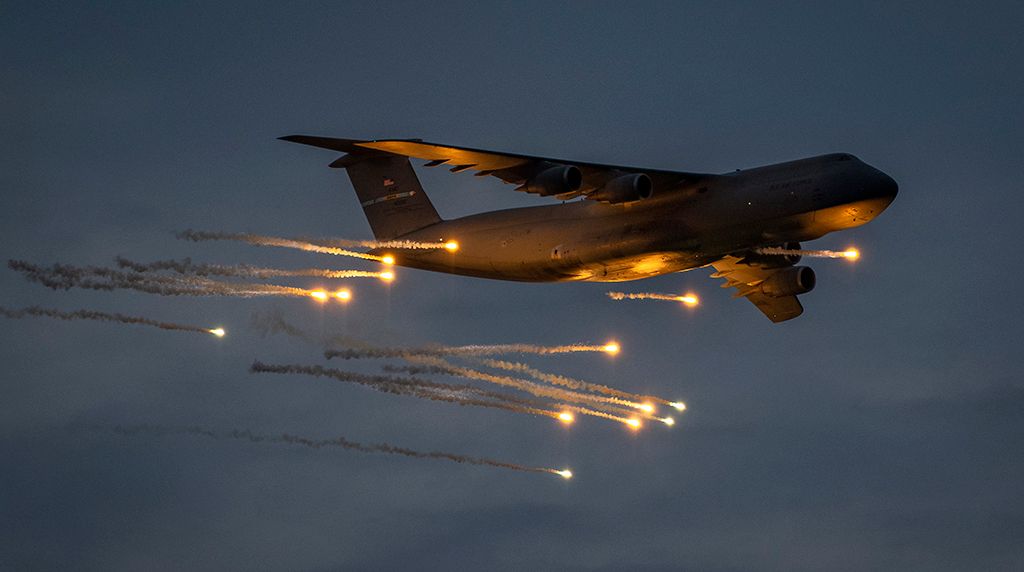
Thanks to the upgraded C-5M Super Galaxy, it is unlikely the giant transport aircraft will be retired anytime soon. The new engines, avionics and more have helped to ensure the C-5M will be flying till at least 2040 and more than likely beyond that date too. As one of the largest aircraft in the world, the C-5 has proven an invaluable asset in resupplying armies, evacuating civilians and delivering medical aid. As a sign of how many are still in service, just two C-5’s are on display in museums at the time of writing. May the C-5 continue to serve for decades to come.
Video:





